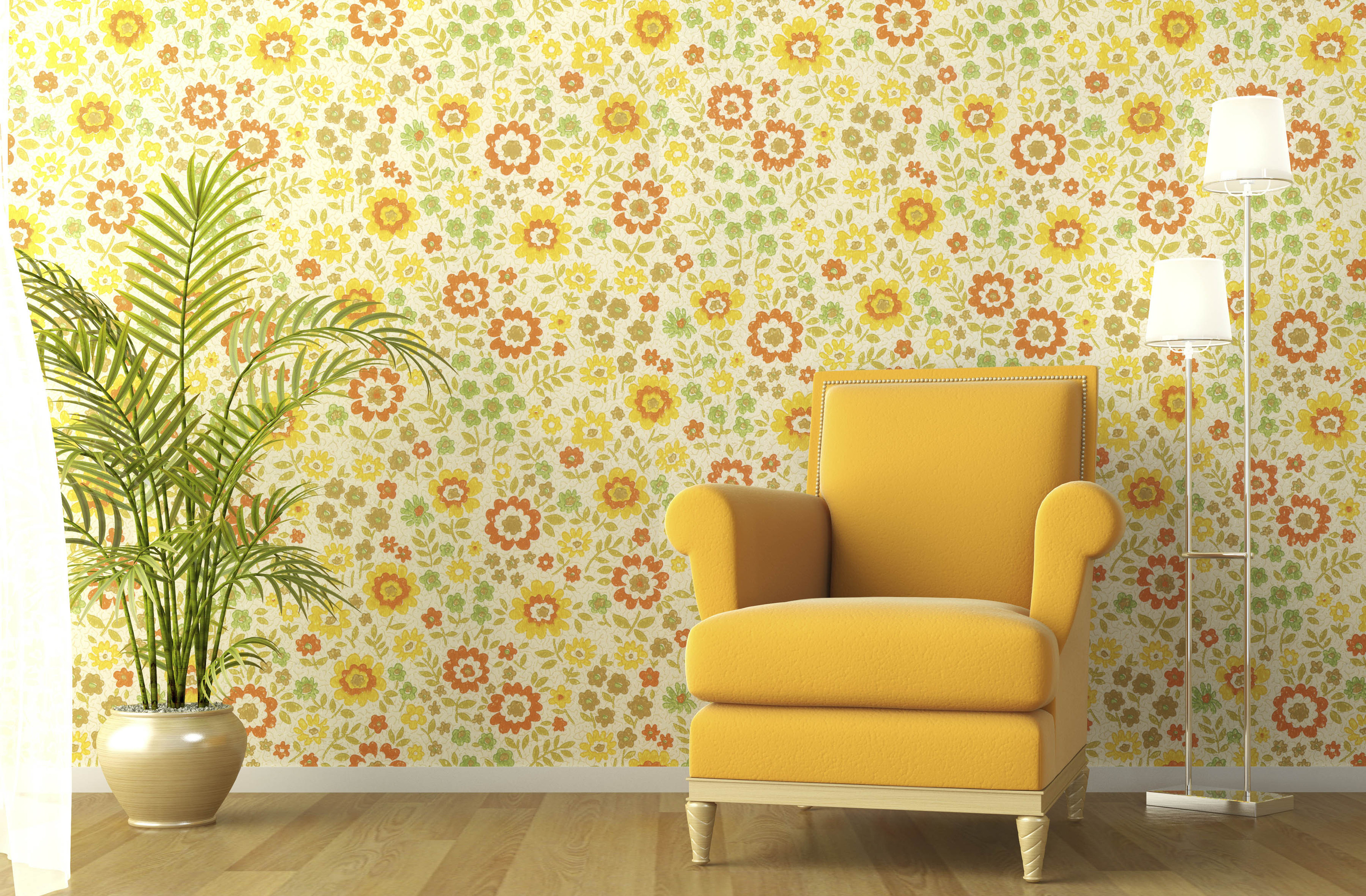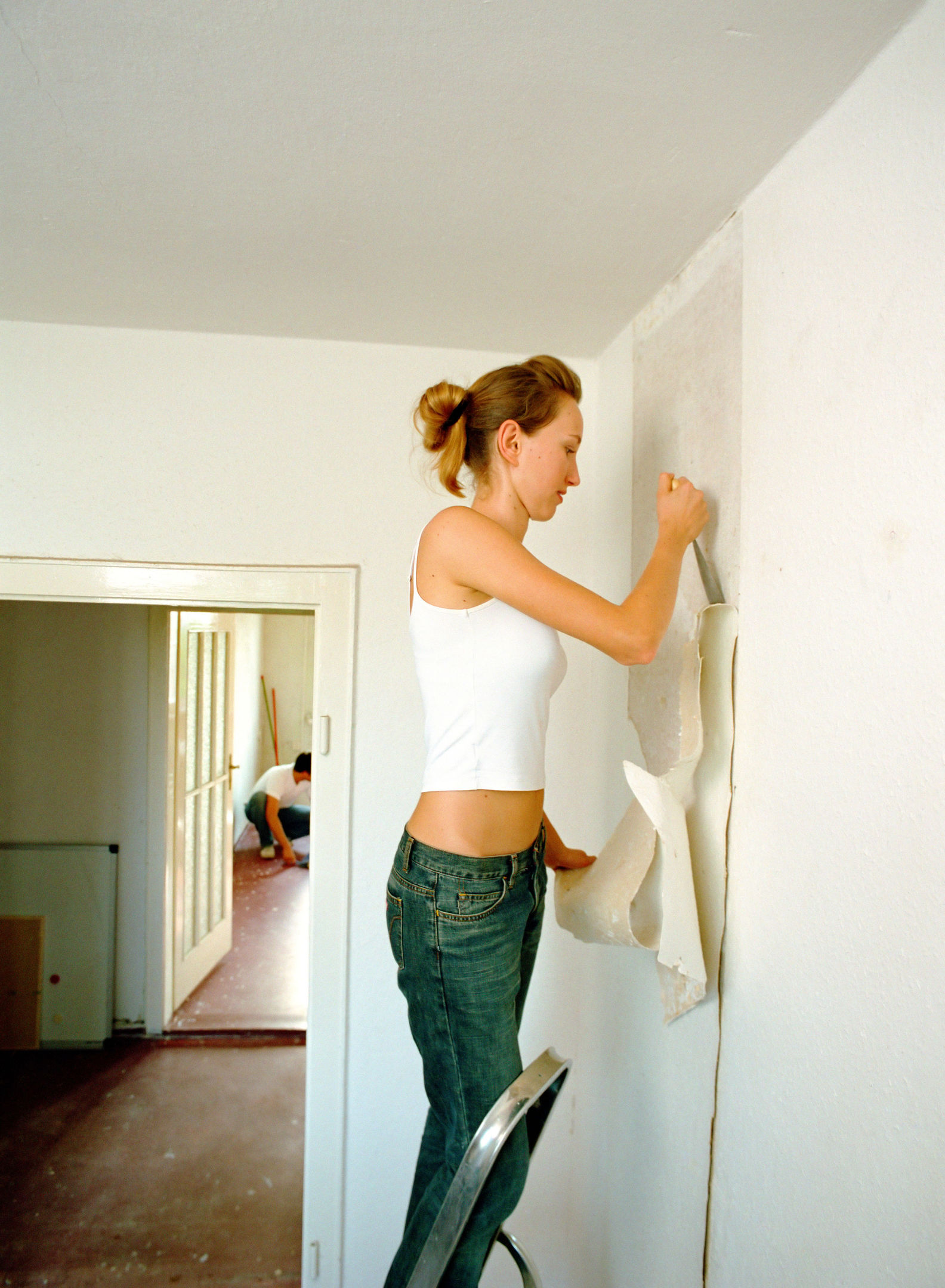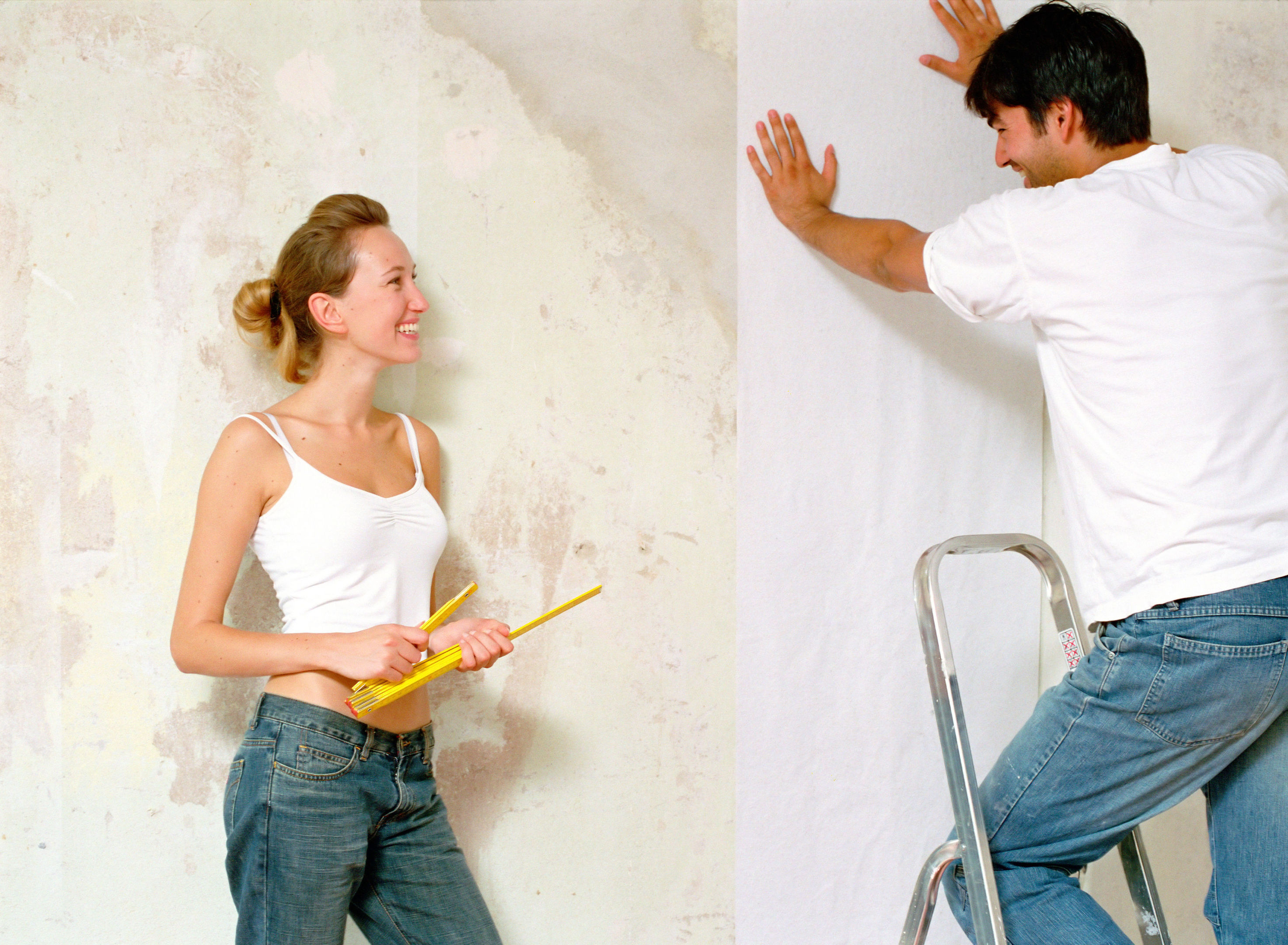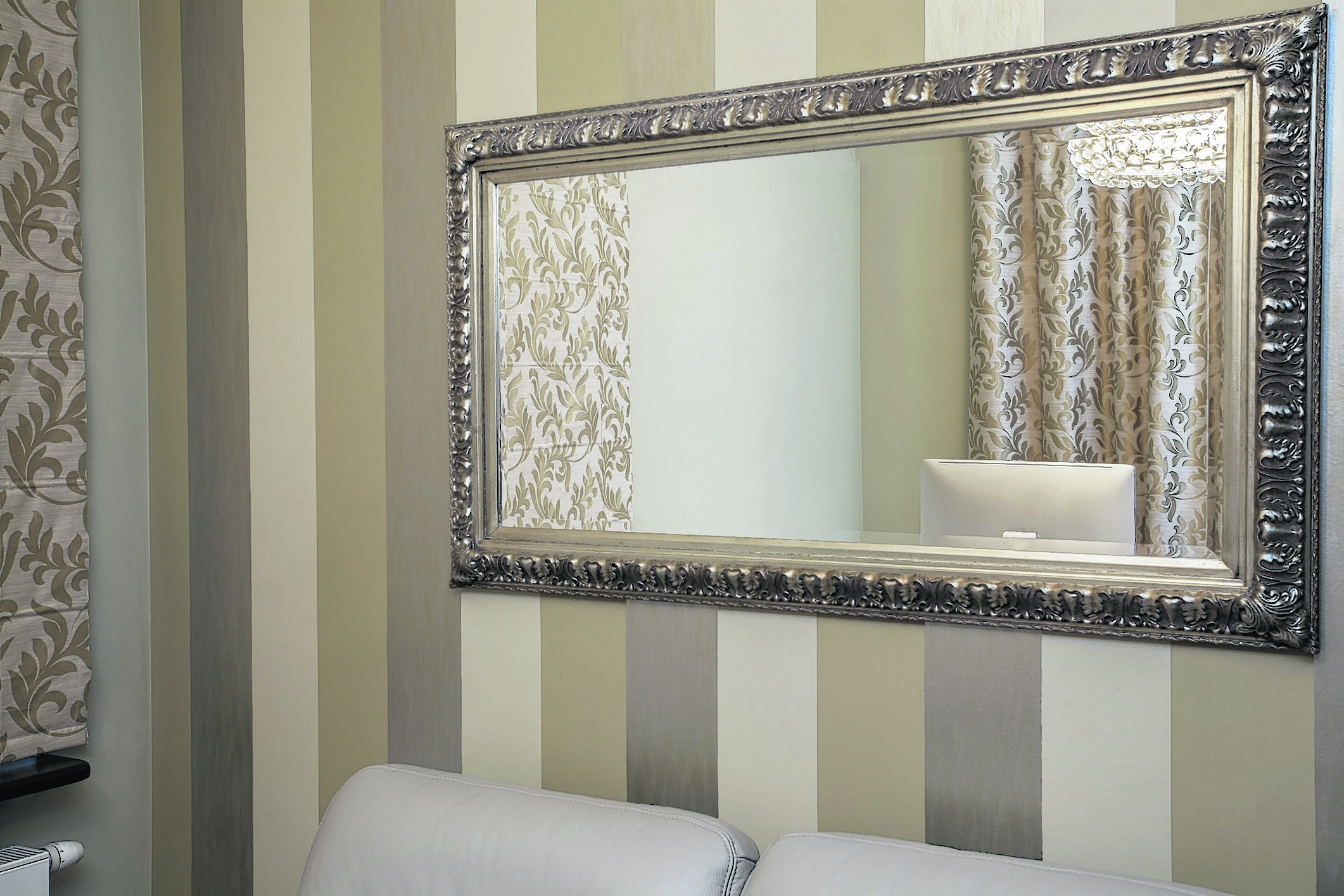Wallpapering can be tricky, especially if you’re using a patterned design, but getting the basics right will help you achieve a good finish -preparation is key.
1
Textured wallpapers and lining papers are ideal for covering up imperfections in walls, while those with a shiny or reflective finish will highlight lumps and bumps and shouldn’t be used on less-than-perfect surfaces. Before you open the rolls, check they all have the same batch number. There may be a slight differences between batches, which will ruin the finish.
2
If you’re using patterned wallpaper, expect more wastage from matching up the design. Plan carefully how you want the pattern to fall, especially if it’s a large one. The first length of wallpaper should usually be hung in the centre of the most prominent wall, such as a chimney breast. Work outwards from this piece (in both directions, if necessary), but bear in mind the “kill point”, which is the final seam. If you’re using patterned wallpaper on every wall, it may be tricky to match up the final piece with the first, so do it somewhere inconspicuous.
3
If you’re not sure where to start, take a big piece of the wallpaper and tape it in different places to help you decide. For the best finish, mark out each length of wallpaper with a pencil, so you know where all the joins – and any problems – will be. Take into account obstacles like the doors and windows before deciding how to accommodate them in the neatest way.
4
In period properties, the walls and ceilings may not be level or straight, a problem that can be accentuated by patterned wallpaper. Either avoid it altogether, choose a pattern that won’t look too bad, or confine the pattern to one feature wall. Don’t use windows, door frames or corners as your starting point. Instead, create a straight vertical line using a plumb line or chalk reel, and do this each time you go round a corner.
5
Papering over existing wallpaper isn’t a good idea, as you don’t know how well it’s adhered to the wall. If the walls are newly plastered, it’s important to seal them before papering them, because the plaster will sap moisture from the adhesive. Seal the plaster with watered-down emulsion, a plaster-sealing liquid or an adhesive solution and allow enough time for it to dry thoroughly before papering.




